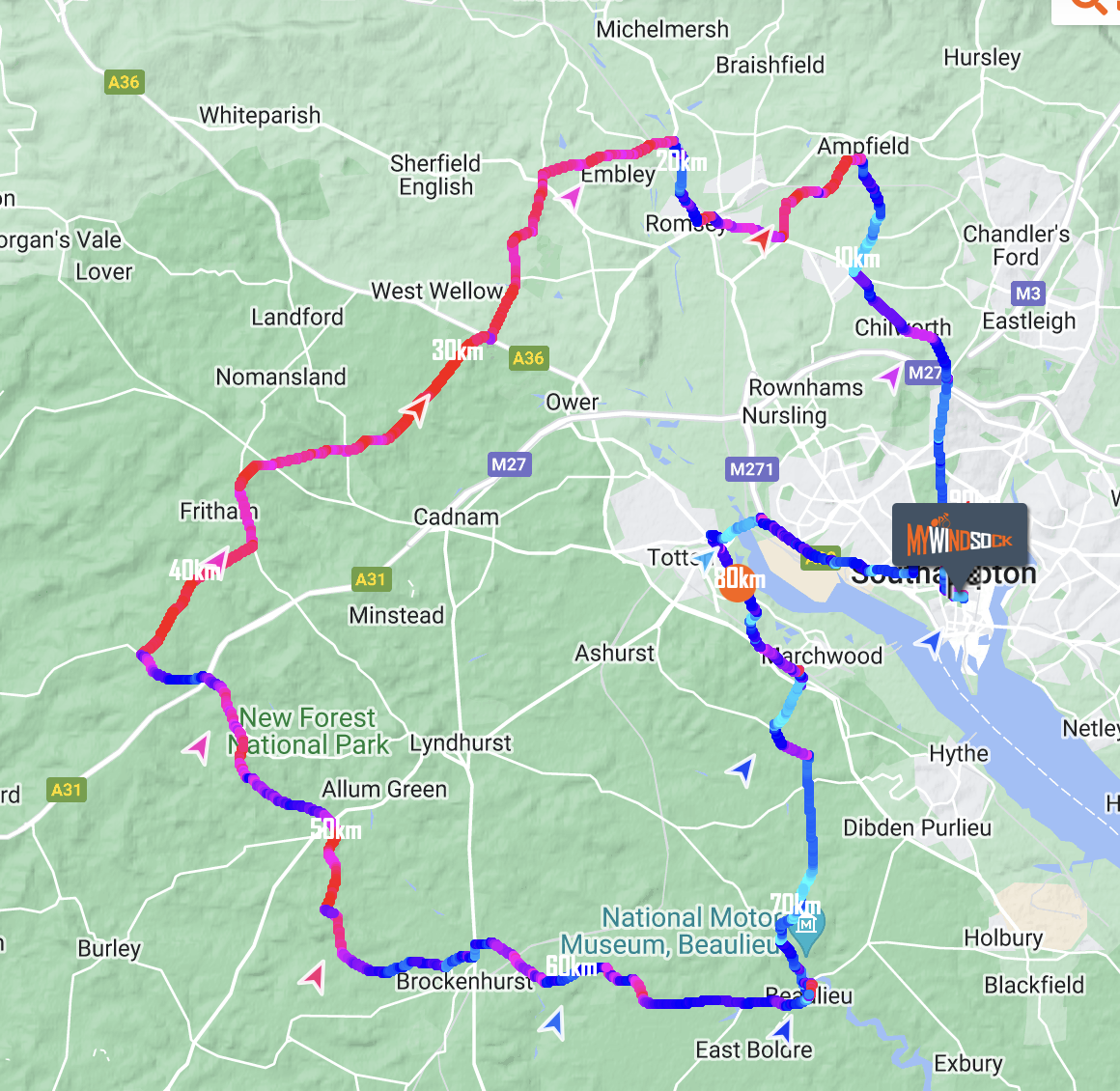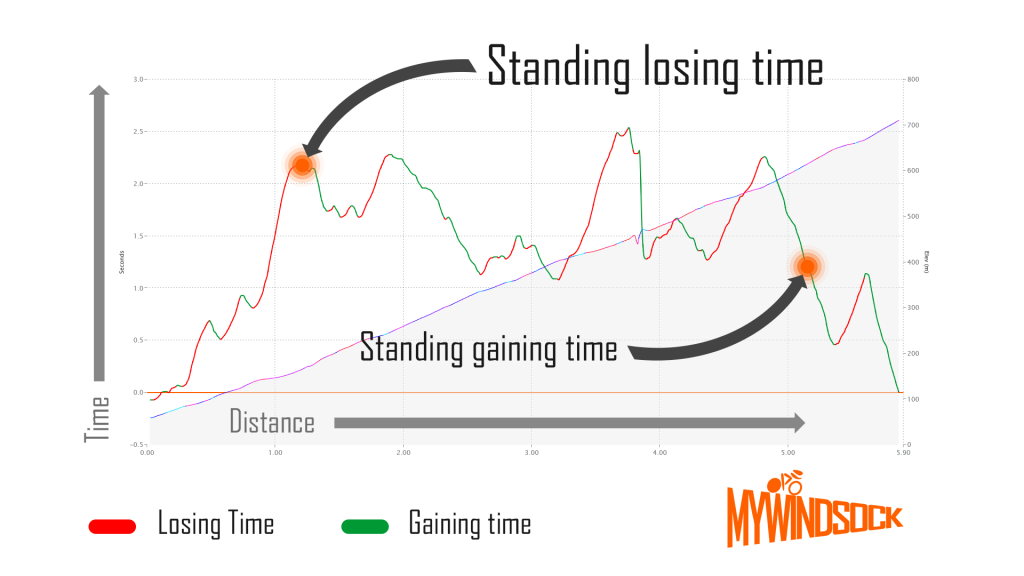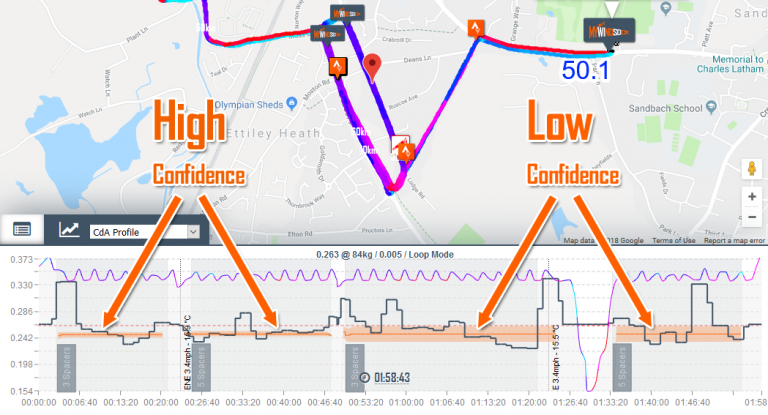Any reader of this blog will likely understand the virtues of myWindsock for athletes looking to improve their performance. We know the detailed forecasts can allow us to pace races optimally, target Strava segments and figure out where to attack. The performance aspect of myWindsock is used by world class athletes to break records and win olympic medals.
Most of us have no chance of making the Olympics, most of us will not be breaking the North Coast 500 record and most of us aren’t even trying to break personal bests over ten miles most of the time. Primarily we just enjoy riding our bikes. Racing is a huge part of what inspired myWindsock, but we aren’t only a tool for racers. The one thing all cyclists have in common is that they enjoy riding their bike.
That enjoyment varies by ride, let’s not pretend we enjoy getting soaked in British lanes as much as we enjoy railing alpine descents in the sun. We don’t. However, it’s easy to enjoy cycling without rain and wind. The real challenge is learning to enjoy riding on the roads of the UK throughout the miserable months. I’m writing this on the 14th of November and the next time I plan to get back on my bike is the 16th and I plan to avoid the rain!
Planning what to wear

I live in a relatively small flat with a small washing machine – as a result, I have to plan my kit a little in advance. One thing that helps, is deciding what to wash with the assistance of an accurate weather forecast. I live in Southampton and tend to ride in the New Forest, of course the weather can vary quite a lot over the course of a 100km ride, so rather than checking the weather in every town that I’m planning to ride through I shall use a windsock forecast.
As we can see, I shall possibly be getting wet but the temperatures aren’t particularly cold. As a result, I’ll locate a breathable, packable raincoat to avoid the ‘boil in the bag’ effect of my sturdier ones! On top of this, I’ll probably get my legs out and wear my waterproof bib-shorts.
The interesting thing is, despite being extremely interested in performance, I use myWindsock for this purpose more often than I use it as a means of predicting performance. Let’s face it, we all train a lot more than we race – even if we don’t train much at all.
Planning where to go
Ok, two weather related factors of rain and temperature have been taken care of and we know what to wear. But there’s still one open question – where should we go? I never used to bother with wind direction on rides but, thanks to my mate Harry, I’ve become addicted to the “tailwind home”. Obviously, you feel much worse at the end of a ride than you do at the start – you’re tired, ready for a shower and a snack and the last thing you need is a headwind for the final 10 miles. Luckily, myWindsock has us covered. Let’s take a look at the route map…

Blue means tailwind, red means headwind. The arrows show us where the wind is pointing in any direction. Generally speaking, the New Forest is pretty flat and the wind is the main thing that provides riders with resistance. We can see from this that, broadly speaking, I’ll have a headwind at the start and tailwind on the way home.
With it being a loop, we have mostly an even split in wind direction. The distribution of wind directions can be seen on the “Apparent Wind Direction” plot and the proportion of Tailwind to Headwind can be seen below this.

Using myWindsock is not the preserve of elite athletes. Sure, it’s a great tool for them – probably the best! It’s a great tool for anyone heading out on their bike too. I know that on the Wednesday ride, I’ll be doing my turn on the front in the last half of the ride with the tailwind. We can help you pick the right kit, pull the easiest turns and time your segment hunting to perfection. If you’re interested in signing up, many of the best features of myWindsock are available on our free version. Take a look here to sign up!








 UK Time Trial Events
UK Time Trial Events




